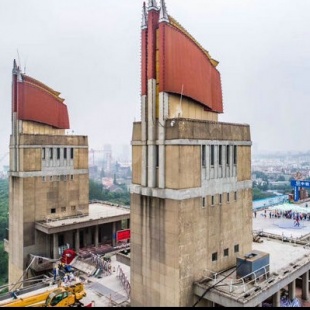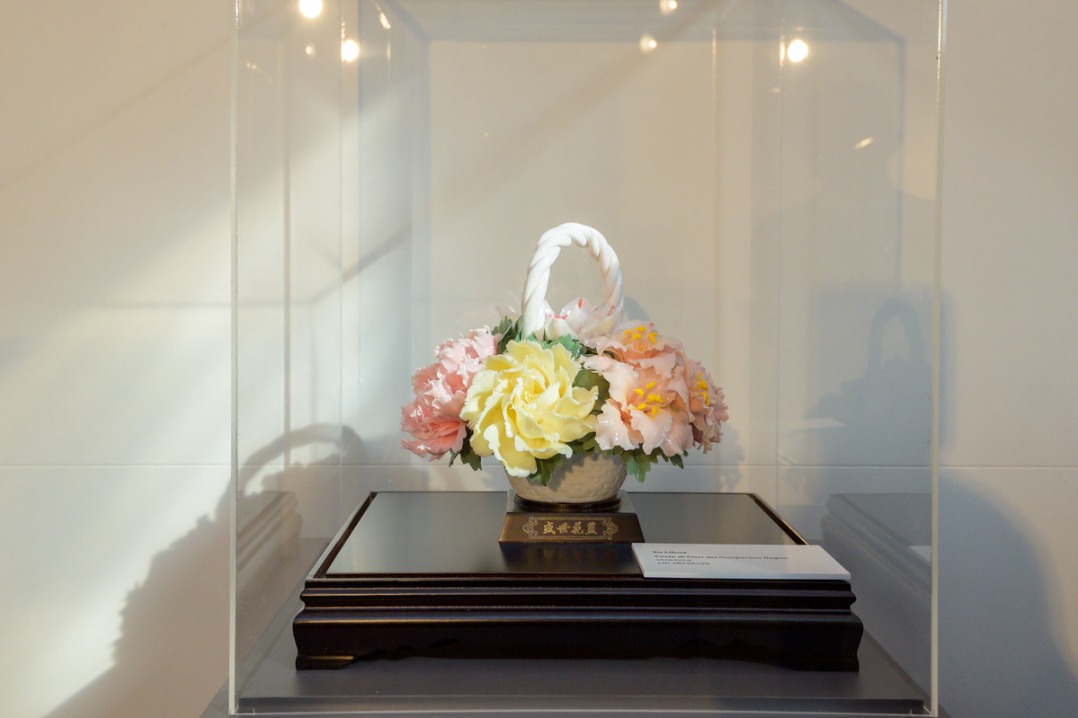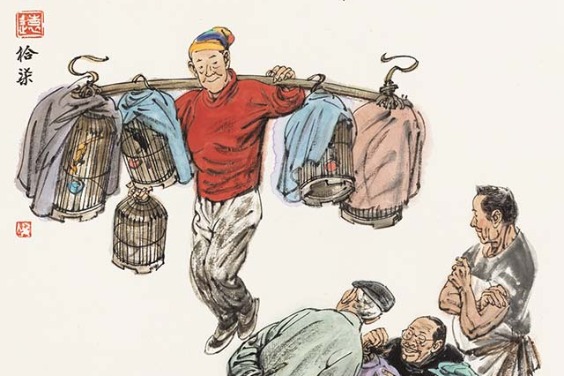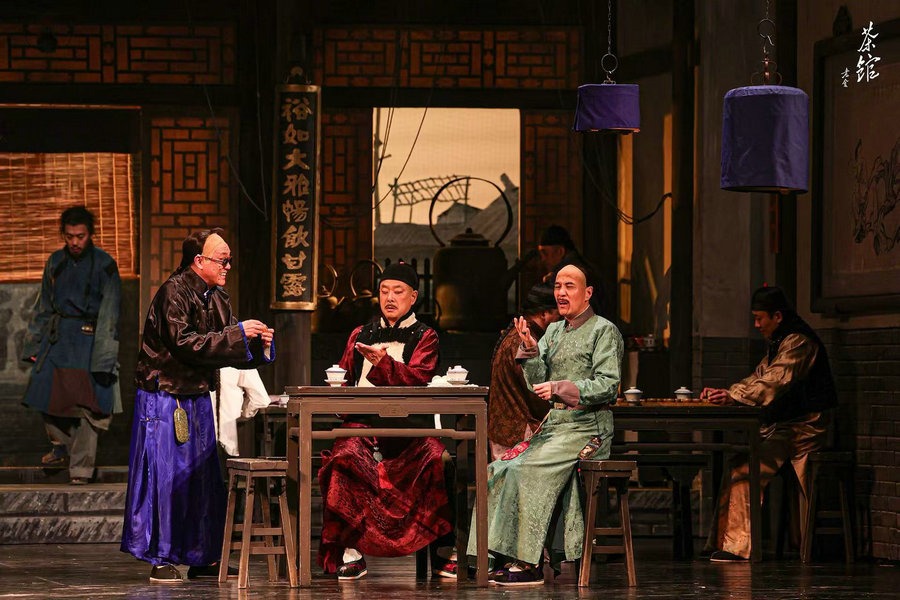The nuts & bolts of memory

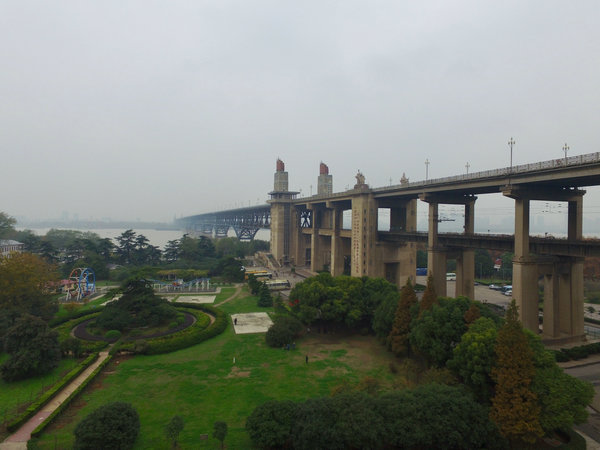
"I didn't want just to create an architectural work and then say, 'That's it.' Protecting history is about much more than looking after built objects. What I wanted as the bridge was being revitalized was the public having a role in that work."
So he rejected any proposal to simply build a memorial hall or to work with a real estate developer to give the project a commercial dimension.
That in turn led to a forensic research of archives as he and his team pieced together a thorough, wide-ranging history of the bridge's construction. The exhibition includes original wooden models that were used to make bridge railings.
Images of key landmarks from all over China are used as relief decorations on the railings. It used to be said that "With one visit to the bridge you get to take a tour of the whole country."
The wooden models come from what had been regarded as junk in an old warehouse. Lu's team also interviewed hundreds of bridge builders, Nanjingers, artists and others for more information.
He found an interview with a veteran soldier who once guarded the bridge particularly moving.
"They didn't have barracks at first and had to live on an iron boat. As wind howled at night there was loud clanging and he could not sleep. They were very poor living conditions, but when he mimicked that sound - and it was most unpleasant - the thing that really resonated with me was his pride."
Now Lu plans to publish those tales through an online database.
"People will be able to bask in the warmth of those stories about the bridge and at the same time show respect for history."
In the bridge park project he has designed several "best spots to take pictures". Each will be decorated with numerous old family photos with the bridge as the background that he has collected over the past few years.
Memories can thus be passed on, he says, and officials archives related to the bridge will also be made public.
Many people are warming to Lu's ideas, and on Sept 9 last year bridge renovation was even halted by railway administration to let Lu run riot with his imagination and that of others.
Twenty groups of people were invited to perform on the bridge, each having three minutes on stage to express their affection for the structure in talent shows or by telling stories.
"Lu's project has renewed the life of this city's public space," says Liu Shengming, deputy Party chief of the Nanjing section administration of the Shanghai Railway Bureau.
"It connects physical space and intangible emotions and gives new meaning to the Yangtze River Bridge."
For Lu, someone with strong emotional attachments to his hometown, seeing new blood flow through the bridge's veins of iron and steel is a dream come true.
Lu returned to China to work at Nanjing University in 2012 after spending 11 years abroad. He studied architecture at Cambridge University before going on to become a research associate there and then spent a year at the Dessau Institute of Architecture in Germany. He has led many research projects on historical constructions in the Yangtze River Delta.


